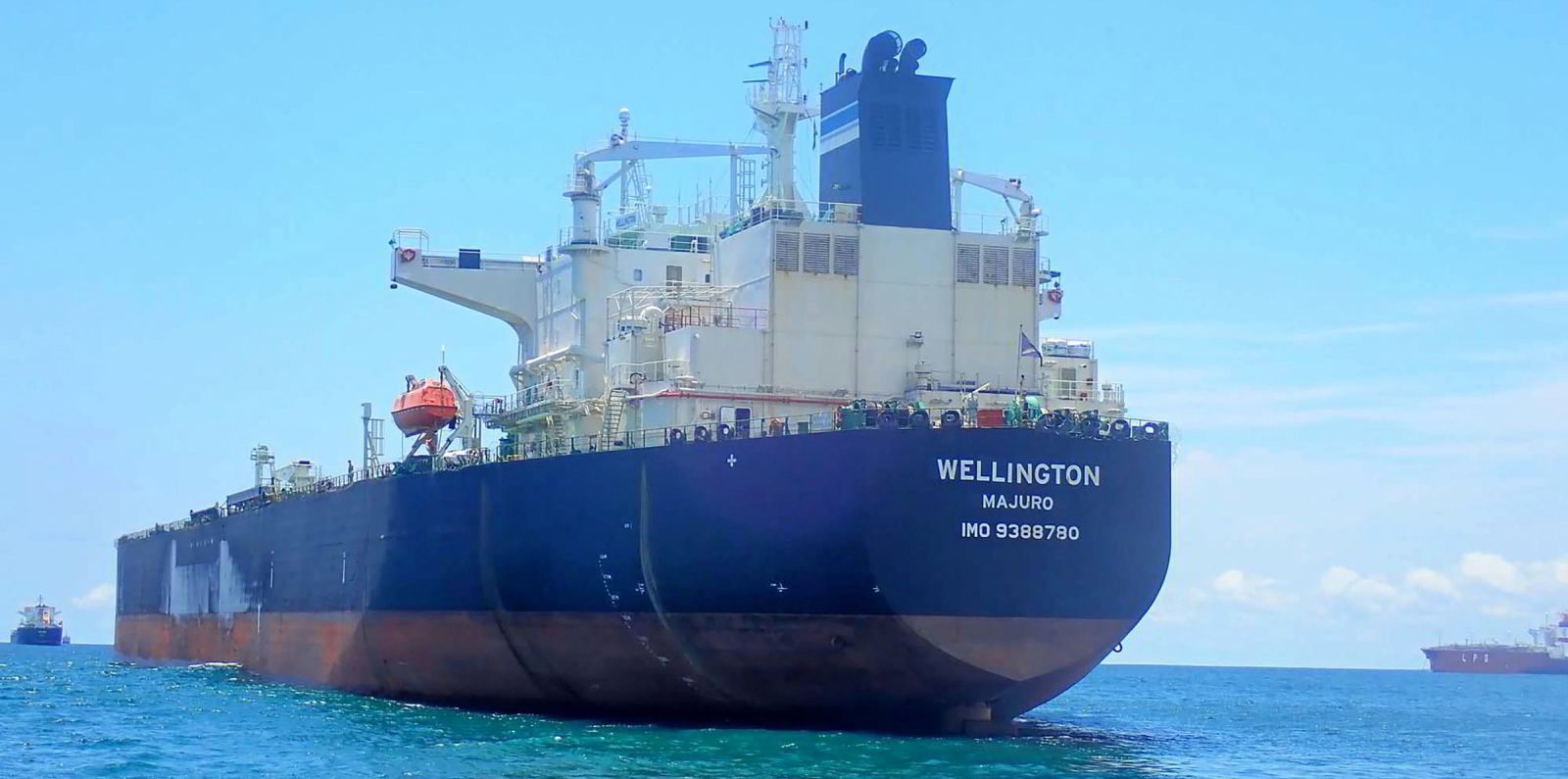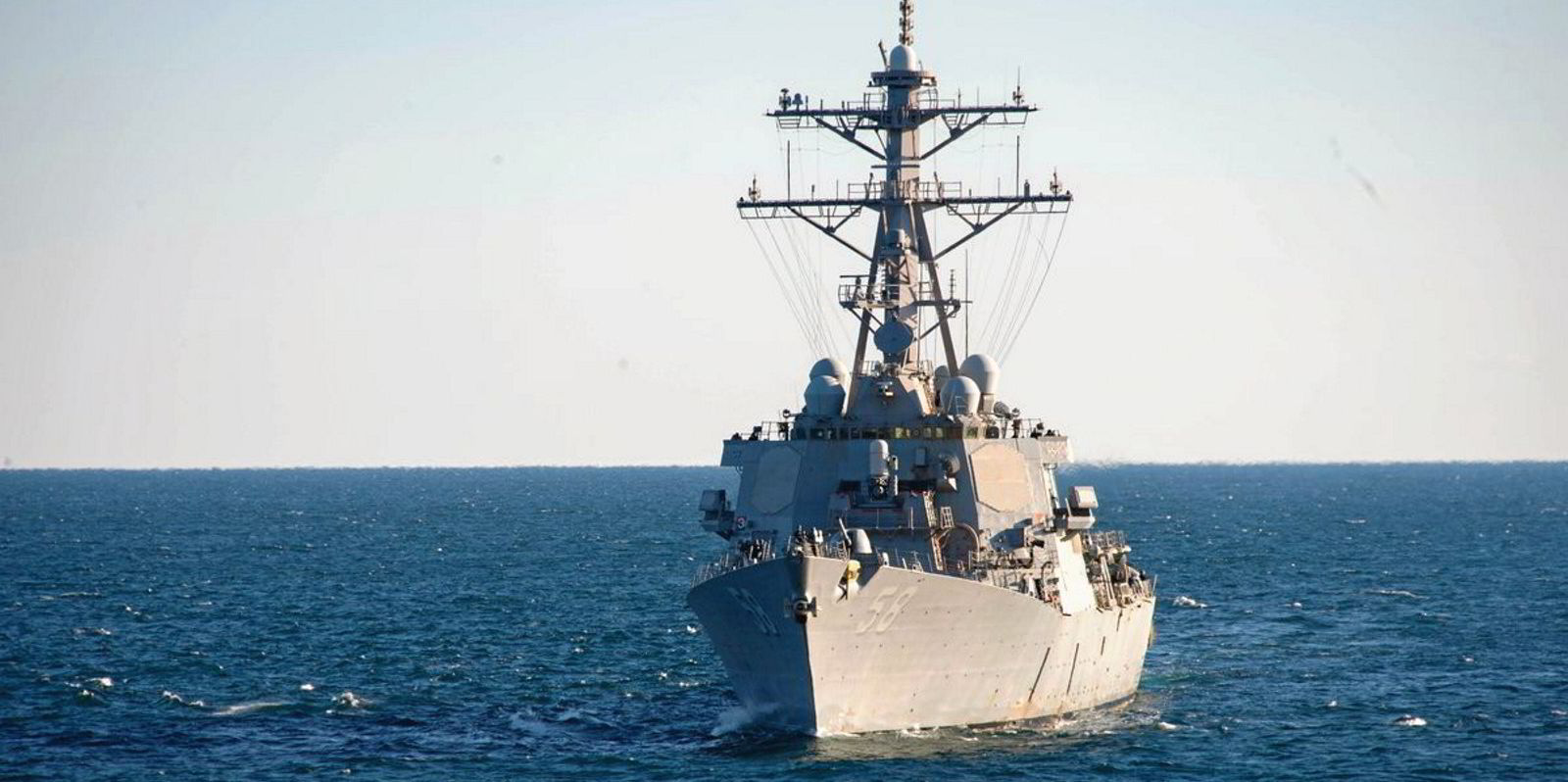The latest attacks on vessels in the Gulf of Aden are accelerating the rerouting of bulkers and tankers away from the Red Sea, according to shipping intelligence firm Windward.
Following the hits on the 63,600-dwt Eagle Gibraltar (built 2015) and 56,900-dwt Zografia (built 2010), the company said there was an overall 8% decrease in traffic to the Gulf of Aden and a 41% fall in the number of crude tankers in just one day.
Windward chief executive Ami Daniel said the tanker and dry bulk trades are likely to increasingly follow container and car carrier shipping out of the region.
“We have already seen a change and a drop,” he said. “The Gulf of Aden is down by almost 20% for bulk and 15% for crude oil, but I fully expect it to be down even more.”
Another leading tanker player appears to be avoiding the region.
As TradeWinds reported, Russia’s Sovcomflot is considering diverting its tankers from the Red Sea if attacks on shipping and US reprisals escalate, according to news agency Tass.
Higher insurance and operating costs now make it cheaper, as well as safer, for some ships to divert away from the Red Sea and use the longer route around the Cape of Good Hope.
Brokers suggested that at the current increased war risk, insurance rates could be heading for 1% of hull values if the attacks continue.
That raises the prospect of a $1m premium for high-value assets. Rising crewing costs and other operating costs linked to the attacks are also a concern.
One leading war risk mutual announced rates of 0.5% but cut its no-claims discount from 50% to 15% following the most recent attacks.
“With a million or two or three million of insurance, plus the Suez Canal costs, plus the double wages you need to pay the crew, plus armed guards, it is worth going around, basically,” Daniel said.
That compares, depending on ship type, with around $1m in additional fuel costs and $750,000 in freight and charter hire to divert.
Earlier, Clarksons Securities commented: “Shipowners and charterers may find that rerouting around Africa is more cost-effective than incurring the combined costs of Suez Canal transit fees and insurance premiums.”
Daniel said the threat to shipping in the Gulf of Aden has widened in recent weeks and the number of targeted ships has increased.
Last week’s US and UK strikes have put ships from those countries on the Houthi hit list along with Israel.
Windward estimates there are 4,000 active vessels globally with an American or British affiliation.
The attacks are also spreading from the southern Red Sea further out into the Gulf of Aden, which is stretching the ability of international navies to protect shipping.
“In my view, it has become completely unsafe,” Daniel said.
“The area under threat has expanded dramatically from just across Yemen to the Gulf of Aden, so you are talking about 500 miles [800 km] that need to be protected.
“From a naval standpoint, I am not sure you can do it, it sounds to me a bit too big of an area.”





